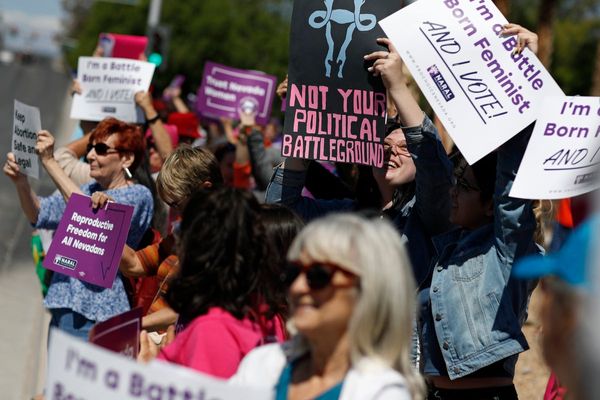
Two government officials aware of the plans said the power ministry is looking to propose these schemes to be considered for allocation in the ₹16,000 crore green bond. Schemes will be selected on the basis of their potential to reduce carbon emissions and the economy’s carbon intensity.
The government announced the plan to sell sovereign bonds to fund green infrastructure in the February Union budget. The government’s borrowing for the second half, estimated to be ₹5.92 trillion, includes the ₹16,000 crore of its sovereign green bond offering.
Such initiatives are expected to strengthen India’s green energy credentials in the UN Climate Change Conference to be held at Sharm El Sheikh in Egypt next month.
“In the first tranche, a total of ₹16,000 crore under green finance bond is to be made available to all ministries. The proposal to include VGF scheme for battery storage, MSMEs energy efficiency schemes, and equity support scheme for the north-eastern states’ hydropower projects in the first tranche is in the works," said one of the two government officials cited above, requesting anonymity.
VGF can push India’s infrastructure-creation plans through public-private partnerships, with the electricity storage business expected to be a vital part of the energy transition. Large battery storages that store electricity in the form of chemical or electrochemical energy and re-convert it to electricity can help power India’s electricity grids, given the intermittent nature of electricity from clean energy sources such as solar and wind.
The idea is to store cheap green power during off-peak hours in battery storage and release it for consumption when the electricity demand increases.
Also, given the large share of small and medium businesses in the economy, the Centre is looking to improve energy intensity in industries and promote clean technology usage in them. Programmes to give appropriate price signals for achieving demand-side response include ‘perform, achieve and trade’, a market-based energy efficiency trading mechanism.
India is working on a State Energy Efficiency Action Plan, the final action plan that will be released in December.
The government is also trying to leverage India’s hydropower potential to facilitate the world’s largest energy transition, as they offer the ideal solution to peak load. While the total hydropower generation potential of India’s north-eastern states, and Bhutan, is about 58GW, most states cannot leverage the potential due to their financial inability to put up their share of equity to build these large capital-intensive projects. In such a situation, the equity support scheme for north-eastern states’ hydropower projects can help set up these projects.
Queries emailed to the spokespersons of the Union ministries of power, new and renewable energy, finance, and Reserve Bank of India on Thursday night remained unanswered at press time.
Energy storage is expected to play a key role in helping India meet its commitment to net-zero carbon emissions by 2070, increasing non-fossil energy capacity to 500GW by 2030 and reducing the carbon intensity of its economy by 45% from the 2005 level.
According to India’s apex power sector planning body Central Electricity Authority, by 2030, the country’s power requirement will be 817GW, more than half of which would be clean energy. Also, according to CEA, the country requires 27GW of battery storage by 2030, with four hours of storage and 10GW of hydro-pumped storage plants (PSP).
To help India’s national grid management functions, the government plans to call bids for setting up around 4 gigawatt-hour (GWh) of grid-scale battery storage systems at the regional load dispatch centres (RLDCs). India also plans to set up a 14 GWh grid-scale battery storage system at the world’s largest renewable energy park at Khavda in Gujarat and invite bids for the largest global tender for setting up a 13GWh grid-scale battery storage system in Ladakh.
India plans to leverage carbon finance to achieve energy efficiency. As part of the plan, Lok Sabha in August cleared amendments to the Energy Conservation Act to put in place provisions to make clean energy use mandatory.








